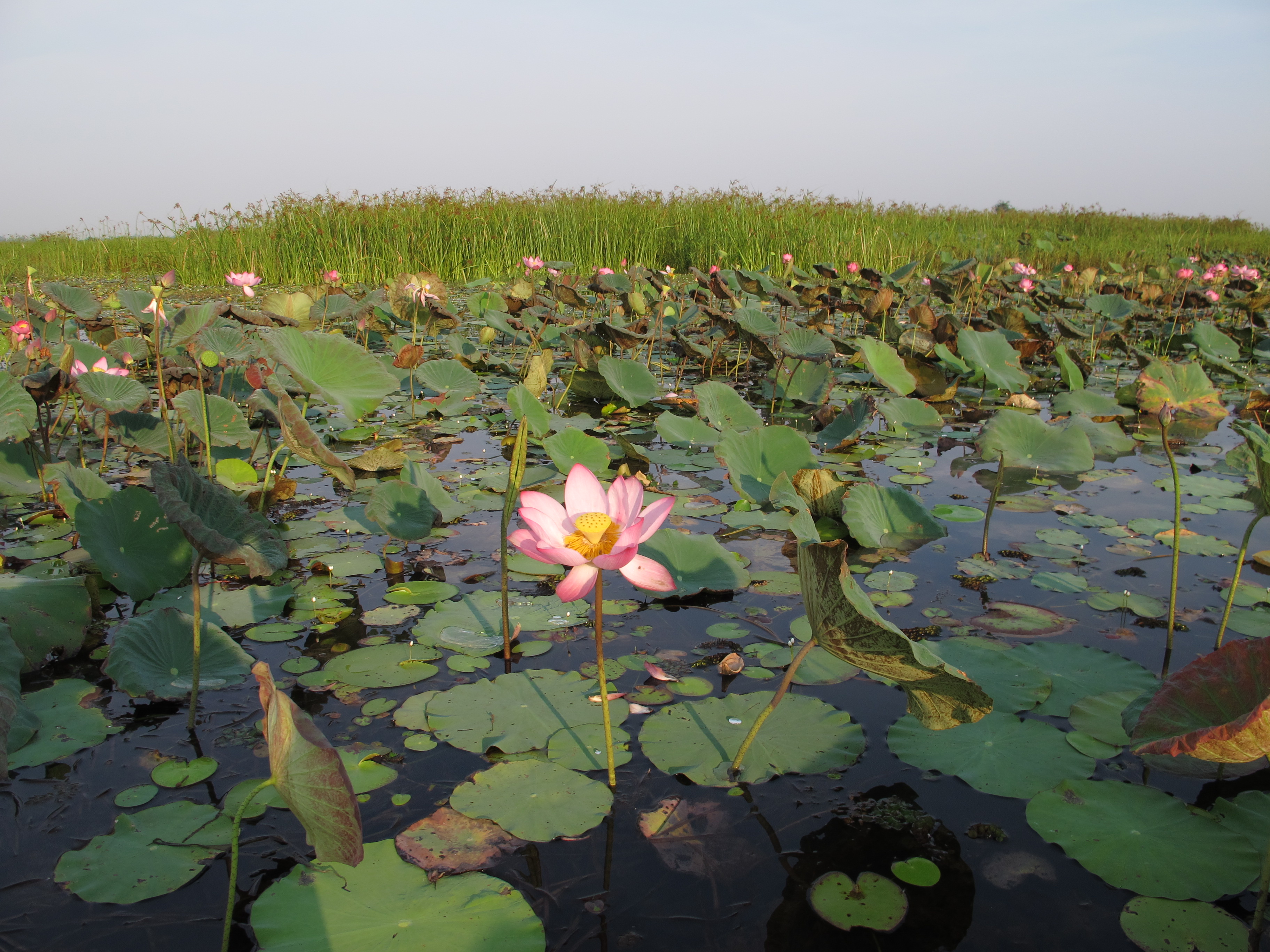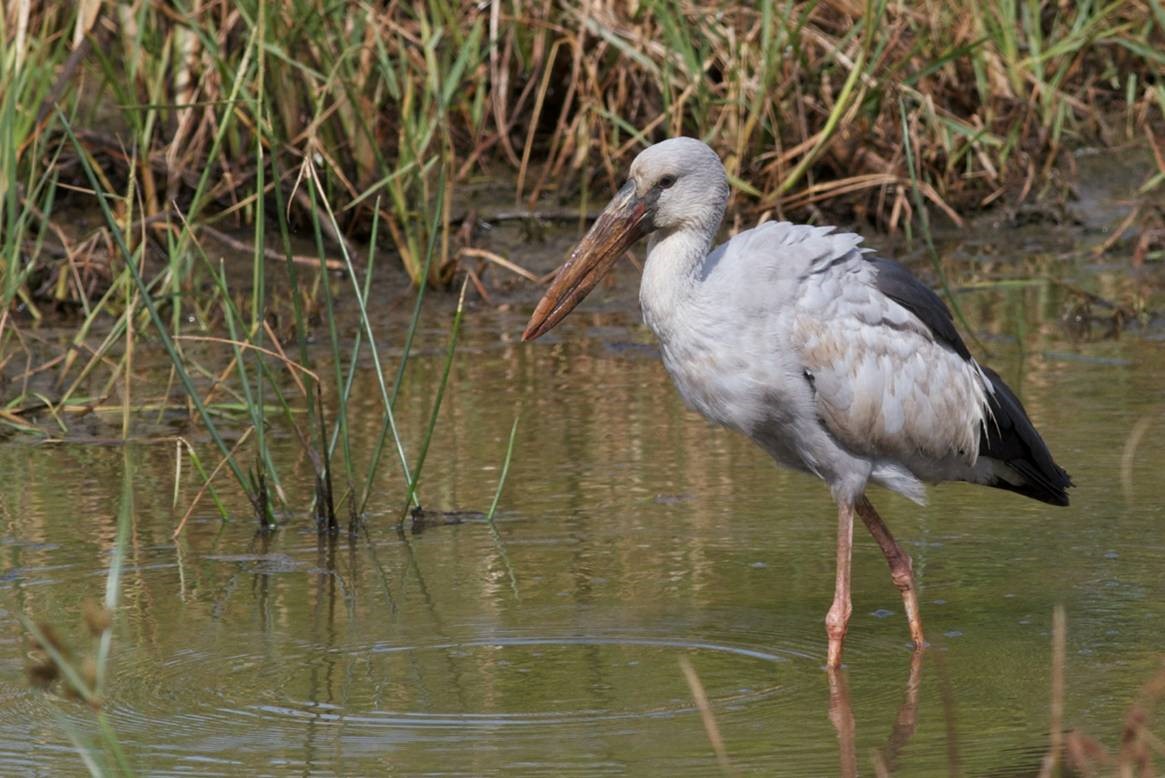A new IUCN biodiversity survey in the Xe Champhone Ramsar site, Lao PDR, recommends urgent conservation measures for birds species in the area.
The Xe Champhone wetland in Savannakhet province, Lao PDR, was designated as a Ramsar site in 2010 due to its importance for the conservation of the Siamese crocodile, the occurrence of specific wetlands habitats and the support it brings to local livelihoods.
Despite its importance, recent detailed biodiversity surveys on important wildlife groups in the wetland such as birds were missing. These scientific data are critical to assess the value of the site for conservation and to adequately plan long term management. In addition, questions still remained on the relevance of the boundary as decided while designation.
To support dialogue on a long term planning and potential boundary revision, IUCN Lao PDR, with support from the Oversea Environmental Cooperation Center from Japan (OECC) conducted a survey in 2013 to prepare an inventory of birds (and large mammals) species, document the threats and develop preliminary recommendations for conservation planning for the study area.
This study also contributed to capacity building and training on biodiversity survey techniques and conservation approaches for project staff accompanying the birds and large mammals surveys and local Ramsar authorities.
The team surveyed the present Ramsar site and extended the study to nearby wetlands with the potential to host interesting species and present key habitats.
Key findings of this study demonstrate that threats still remains on most bird species. Most of the Globally Threatened species and a rather large number of wetland-associated bird species, which are generally considered common globally or regionally and that should be breeding in the Xe Champhone Ramsar site, are also either extirpated from the wetland or at least now very scarce.
Hunting pressure still remains one of the major threats along with encroachment on the natural habitats for agriculture.
The presence of significant numbers of Darter and Asian Openbill is very encouraging, as in both cases it is likely to be a prelude to breeding. But, according to Rob Timmins, team leader for the survey, “At present the significance of the numbers is little more than an indication of the extent, heterogeneity and passive protection afforded by the site. But the latter factor is unlikely to protect birds if they do attempt to breed at the site, as breeding colonies would inevitable be easily found and harvested by local people.”
Furthermore the study identifies key wetlands habitats which were not included in the current Ramsar site boundary and should be considered for inclusion. A proposition for a larger Ramsar site is being discussed in this document.
This report will be disseminated among relevant agencies and partners as a support for an objective discussion and to plan further action to sustainably protect the species remaining in the site.
A similar survey is currently ongoing in the second Lao PDR Ramsar site, Beung Kiat Ngong in Champassak province. Already, a team of community members from both Ramsar sites and local government officials visited the Prek Toal core area and Tonle Sap Lake in Cambodia to learn about the conservation successes there.
Raphael Glemet
Water and Wetlands Coordinator, IUCN Lao PDR
Raphael.glemet@iucn.org





